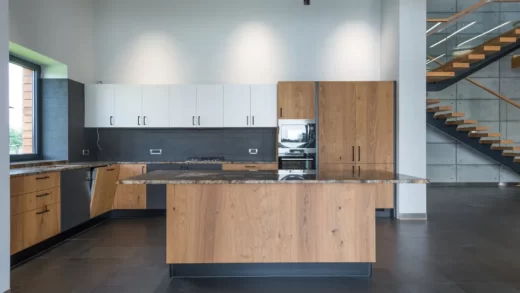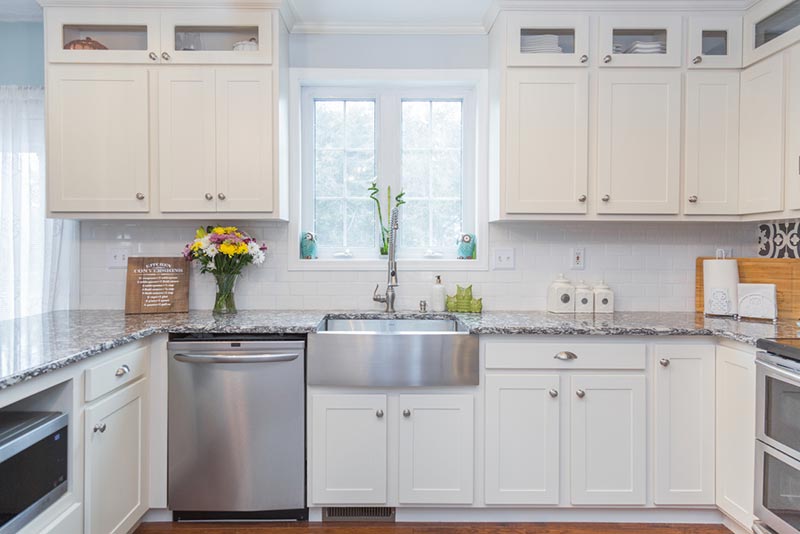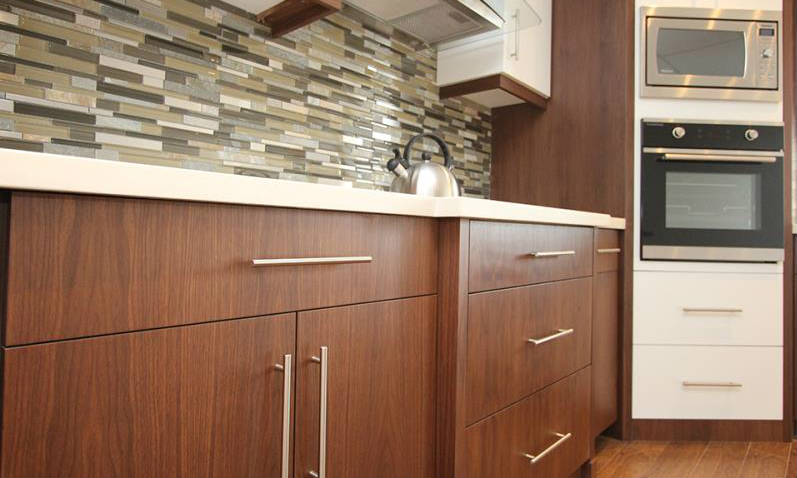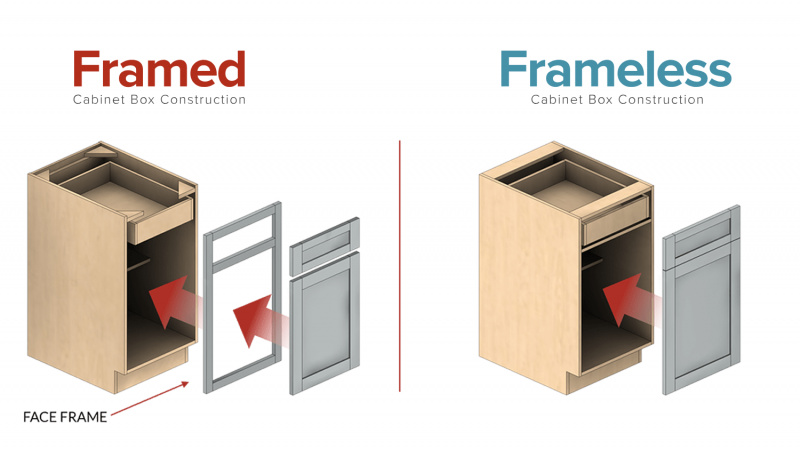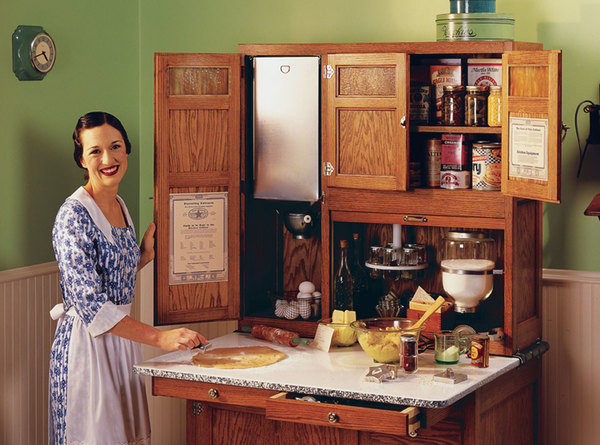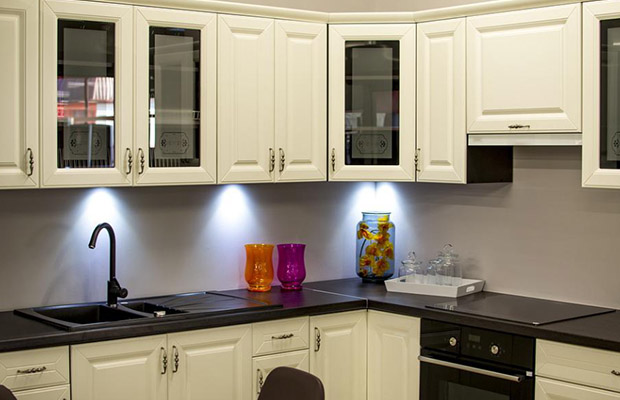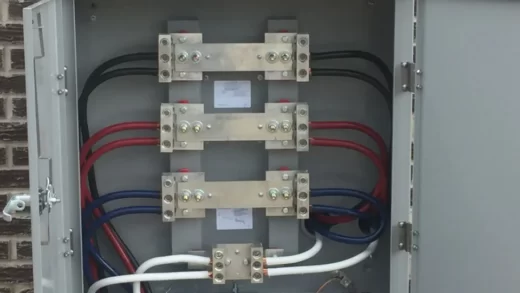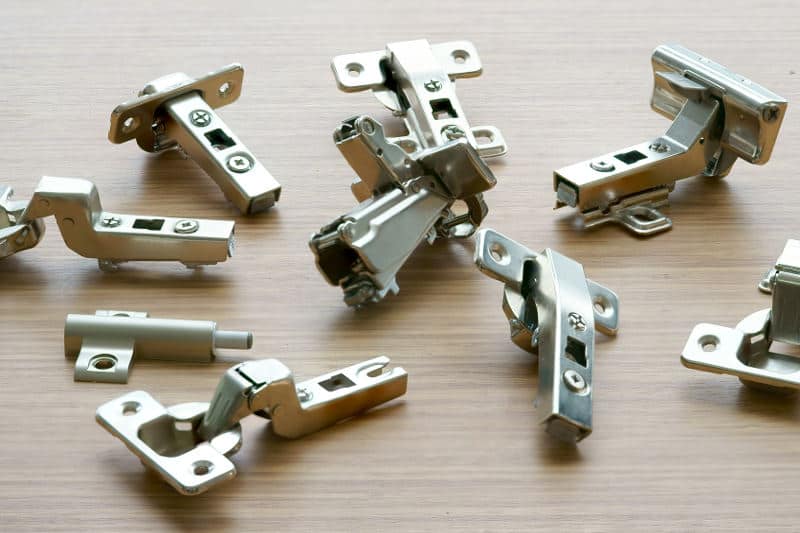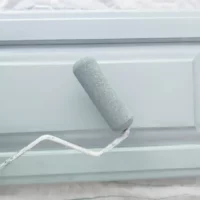Important documents can be safely stored and secured in file cabinets, but they can be a hassle if you lose the keys or the lock breaks.
When searching through a keyless filing cabinet for a specific document, it is simple to become anxious. How to open a locked file cabinet? Don’t worry; you can get the documents with only a few easy items.
Even so, with a few simple skills, you ought to be able to open the file cabinet and get to your files without much difficulty. You can open a locked filing cabinet without the key, just like you can with a file or a nail clipper. You can access your file cabinet and take the desired documents by properly aligning the pins.
This article offers some advice on how to unlock a file cabinet lock without a key using simple steps and a variety of tools and techniques. Let’s start!
Table of Contents
How To Open A Locked File Cabinet Without Key?
There’s no need to freak out if you need to quickly grab some documents from your locked file cabinet but have lost the keys. You can open the cabinet using a number of techniques without the key. Most of these techniques will damage your file cabinet lock and require replacement, so picking the lock is the most popular and reliable option.
A straightened paper clip, a nail clipper file, a paper clip, and a bobby pin can all be used to open a locked file cabinet with a furniture-style lock.
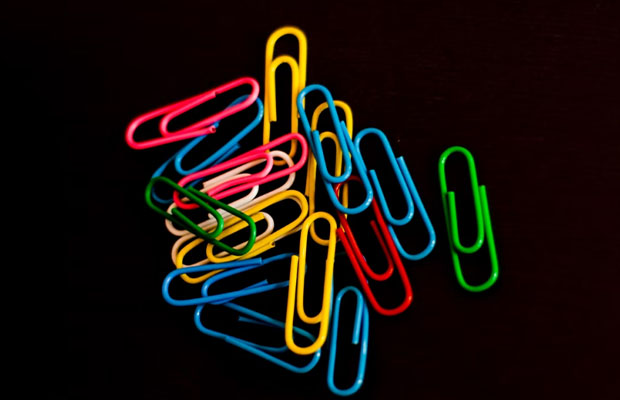
Paper Clip
A paper clip can be used to quickly open the simple locking mechanism found on the majority of file cabinet types. Initially, use your hands to straighten the paper clip. Then, use a pair of pliers to slightly bend the clip’s tip. Next, place the clip’s angled tip vertically in the keyhole of the lock so that it can precisely push down on the lock’s pins.
Moving the clip horizontally while feeling for a place where it won’t catch will help you find the unlock position once you have it in the right place. Once you’ve located the “smooth action” area, you’ve discovered the unlock position and can now turn the pin clockwise until the keyhole is horizontally aligned. Since most locks are in this position when open, you can now remove the clip and open the cabinet.
If the first solution doesn’t work, try turning the paper clip until the keyhole is vertical because some cabinet locks won’t open until the keyhole is in an upright position. Additionally, the rotation of cabinet locks with keyholes that are vertical when opened is typically counterclockwise.
A Paper Clip + A Bobby Pin
With two hands and some paper and a bobby pin, you can also open a cabinet lock. Of the three lock picking techniques mentioned, this one is the trickiest to master. It heavily mimics how to pick a lock with a paper clip, but it also uses a bobby pin bent into an L-shape to add tension.
Nail Clipper File
When it comes to lock picking tools, a nail clipper—more specifically, a fingernail file—also functions equally well as a straightened paper clipper. The nail clipper file must, however, be of the curved tip variety and not the straight-tipped variety. Simply push the file into the keyhole of the lock, being sure to push it all the way in.
In the meantime, turn the curved tip down so that you can press down on the lock’s pins. Turn the file left and right until you feel a smooth action spot where it doesn’t catch on to anything, then, just like in the previous method, you’ve located the unlock position. You can now move the file up and down to push against the lock’s pins.
Once there is no resistance when you move the file up and down, all of the pins have been moved, and you can turn the file either clockwise or counterclockwise to reach the unlock position.
When a lock is turned clockwise, the keyhole is typically in the unlock position. When a lock is turned counterclockwise, the keyhole is typically in the open position. Remove the file, open the file cabinet, and access your files after turning the keyhole to the unlock position.
How Could We Break Into A Filing Cabinet Without Key?
The file cabinet can still be forced open if the lock is not a wafer lock with movable pins or if you find the lock picking techniques described above to be too difficult for you to master. If you choose this option, you will have a broken lock cylinder that needs to be replaced, but if you need access to something that is extremely important, this shouldn’t be a top priority.
Drill Through The Lock
Drilling a hole through the file cabinet lock is one such technique. Use a drill bit that is slightly wider than the keyhole to begin by drilling through the pins. If that doesn’t work, use bigger drill bits to cut through the entire lock cylinder. Once finished, you should have no trouble using a screwdriver to remove the lock.
Reminder: It’s risky to drill through a file cabinet lock, so make sure you’re wearing safety goggles.
Pry The Cabinet Open
You can still force the cabinet open by using a pry bar if you don’t feel like drilling through the cabinet lock. The cabinet bends as a result of the pressure you apply to the pry bar, particularly if it is made of thin sheet metal. Be aware that this technique requires some physical effort in order to successfully bend the cabinet and get it to open.
How to Remove A Broken Lock from A File Cabinet?
It can be even more frustrating to open a file cabinet with a broken lock. It’s not impossible, though. Fortunately, both working and damaged file cabinet locks can be opened using the same drilling technique.
Depending on the type of filing cabinet you have, you might have additional options. Verify the right side for a vertical latch. You might be able to open the cabinet using a shim if one is available. You’ll require a sturdy object, perhaps a thin, tapered piece of metal. On the right side of the second drawer, place your shim. A vertical bar that you can lift should be present. Work the release by jiggling the shim inserted into the right side while keeping one hand on the drawer’s handle and your thumb on the release.
Read More: How To Measure Cabinets?



